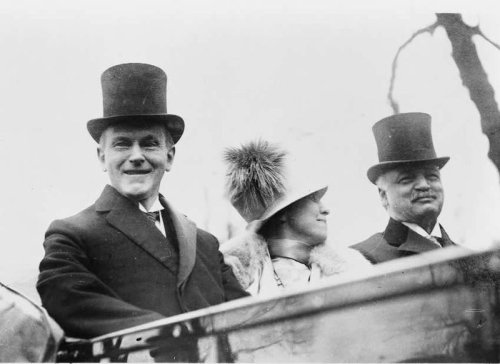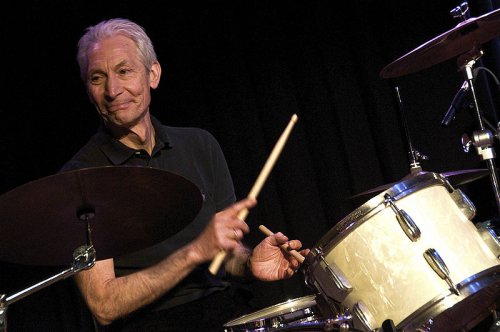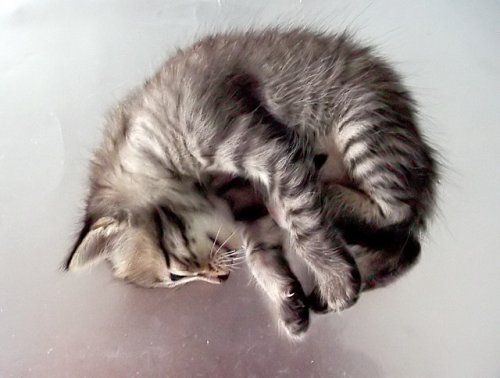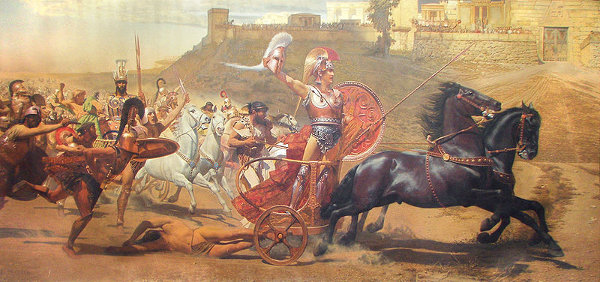
In the wall of the north portion of the White House is a bell. On a recent afternoon, President Coolidge pressed this bell repeatedly, scampered quickly away. To the north portico rushed a detail of Secret Service men, to whom the bell’s ringing was a summons to come at once. From a distance, the President watched their confusion, heard them ask the Secret Service man on patrol duty why he had rung the bell, heard the patrolman’s denial of any bell-ringing. After the guards had dispersed, the President stole back, again pressed the button, again trotted away, chuckled as the previous scene repeated itself. Pleased, the President several times repeated his little prank. Eventually the Secret Service detail discovered the source of the false alarms, put in another bell in a spot unknown to the President. When this story became public, persons who question the existence of a presidential sense of humor flouted its accuracy. Yet Richard Jervis, head of the Executive Secret Service detail, vouched solemnly for it.
— Time, Jan. 21, 1929



